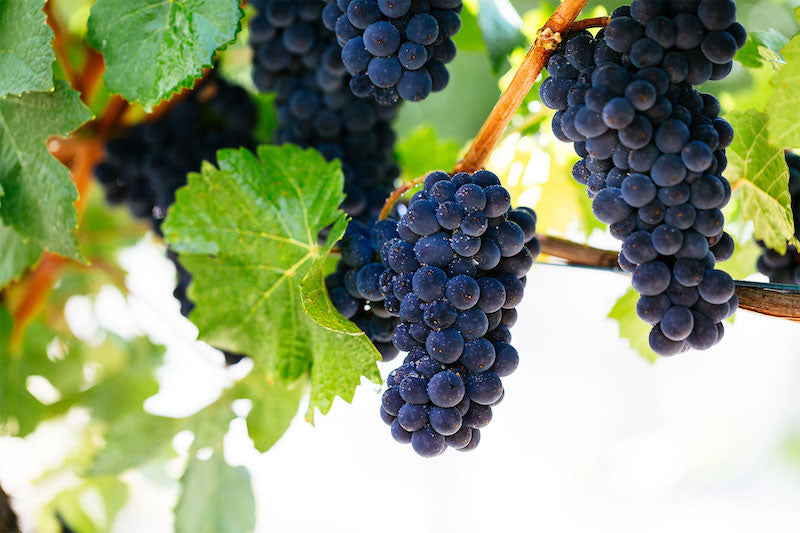Pinot Noir is one of the most captivating and complex of wines. Today, over 40 mutations of Pinot Noir exist, and they all taste different. The variation sparks passion in winemakers and drinkers to create the pinnacle of Pinot Noir. From earth-scented bottlings with firm tannins, to intensely ripe and raspberry-fruited wines there seems to be a Pinot Noir for every palate and nearly every meal.
As well as producing profound still wines, Pinot Noir is also important in the production of Champagne and sparkling wines. Though it can be bottled alone as a blanc de noirs, it is frequently blended with Chardonnay and Pinot Meunier.
Pinot Noir is a staple in Champagne blends, and the most widely planted variety in the region, encompassing more than 32,000 acres. That’s more than Pinot Noir’s ancestral home, Burgundy. It’s one of just two allowable red grapes in the region, along with Pinot Meunier. They’re responsible for Blanc de Noirs Champagnes, or white wine made from black-skinned grapes.

Image credit – Wine Enthusiast Magazine




